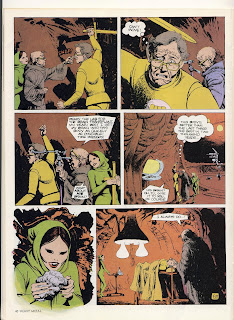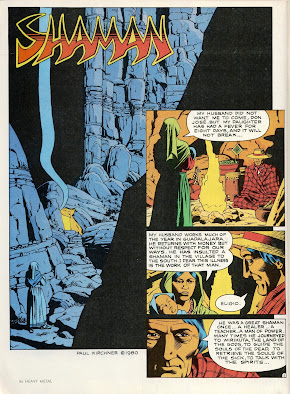2 / 5 Stars
If the New Wave movement in the US could be said to have a starting point it was probably 1965, the year that saw the release of determinedly untraditional stories like Harlan Ellison’s ”Repent, Harlequin ! Said the Ticktockman”, and Roger Zelazny’s ‘The Doors of His Face, the Lamps of His Mouth’.
Needless to say, Damon Knight and other members of the newly formed SFWA were set on promoting New Wave works as part of their effort to get SF recognized by mainstream authors and publishing houses as genuine ‘Literature’. Along with this tactic, Knight and Co. advanced the idea that authors such as Kurt Vonnegut, Donald Barthelme, and Thomas Pynchon (held in godlike esteem by New Wave SF writers) were writing ‘speculative fiction’.
Accordingly, science fiction authors who imitated the prose styles of Pynchon also could be regarded as legitimate purveyors of speculative fiction, and due the requisite accolades apportioned to those who bravely sought a way out of the otherwise juvenile ghetto of genre SF.
So it was that the inaugural Nebula Awards for 1965 emphasized New Wave tales, and the winners, along with some nominees, are collected here in the pages of 'Nebula Award Stories' (Pocket Books, November 1967, 244 pp., cover artist uncredited).
My capsule summaries of the contents:
‘The Doors of His Face, the Lamps of His Mouth’: a quintessential New Wave story. The plot, which deals with a divorced couple’s uneasy participation on a fishing expedition on the seas of Venus, is pretty much an afterthought. Instead, Zelazny places all his emphasis on writing arty dialogue, as well as interjecting sequences of figurative prose designed to showcase the psychological landscape inhabited by his main character.
James H. Schmitz provides ‘Balanced Ecology’, which is considerably more conventional in terms of plotting and prose style. On a planet that features the only stands in the Universe of ‘diamondwood’ trees, two children must confront a sinister plot to deprive them of their inheritance. This is one of the better tales in the collection.
Ellison’s ‘Ticktockman’ comes next. While it possessed considerable cachet at the time of its release, it has aged poorly and with the passage of time it has come to seem overly contrived, even cutesy.
Zelazny returns with a novelette, ‘He Who Shapes’, about a psychiatrist who uses a high-tech gadget to insert himself into the thoughts and dreams of his patients. Zelazny’s prose is a bit more restrained here, although some purple-worded passages do intrude every now and then. One thing I noticed about ‘Shapes’ was how prominently cigarette smoking figures into the everyday activities of the characters (although the story was written in 1965, after all, when smoking was widespread). It’s amazing none of the characters succumb to lung cancer before the novelette's final sentence..........
Gordon Dickson’s entry, ‘Computers Don’t Argue’ is a mordant tale of a hapless book club subscriber who runs afoul of a computerized mailing system. While contemporary readers may raise an eyebrow over the use of the term ‘punch cards’, the underlying theme of the story remains relevant.
Larry Niven’s ‘Becalmed in Hell’ deals with the first spaceship to land on Venus; the brain-in-a-jar autopilot suffers a malfunction and loses the ability to pilot the ship. The sole human member of the crew must figure out how to solve the malfunction if he hopes to survive.
Brian Aldiss’s ‘The Saliva Tree’ features a space alien loose in rural England at the end of the 19th century. In many ways it can be labeled a proto-Steampunk tale, with some elements of Lovecraft’s ‘The Color Out of Space’ tossed in. Featuring a very accessible prose style, ‘Tree’ indicated that, when he was not infatuated with trying to emulate J. G. Ballard, Aldiss could produce an engaging story. Modern-day readers will find ‘Tree’ to be one of the more appealing entries in this collection.
Mr. New Wave himself, J. G. Ballard, is represented by ‘The Drowned Giant’, which in my opinion deserved the 1965 short story Nebula Award more so than Ellison’s ‘Ticktockman’.
‘Giant’ imparts a melancholy, existential quality to its tale of a giant corpse washed ashore and picked over by the inhabitants of an English coastal town. Even after the passage of 45 years, it remains one of the best representatives of the New Wave approach to storytelling.
To sum up, ‘Nebula Award Stories’ offers three or four good stories within its pages, not enough to mark it as a must-have. But for those with an interest in the early years of the New Wave movement, it may be worth searching out. 












































.jpg)


















